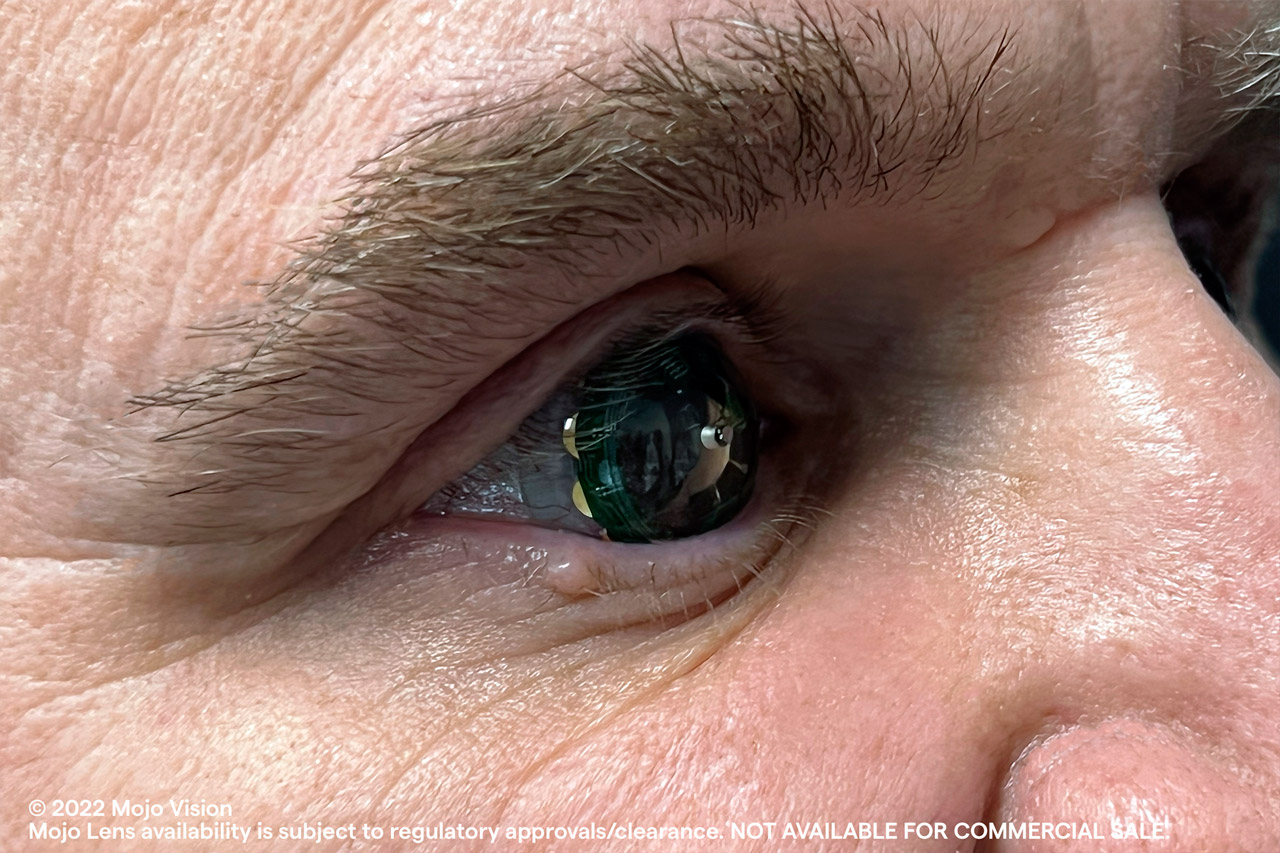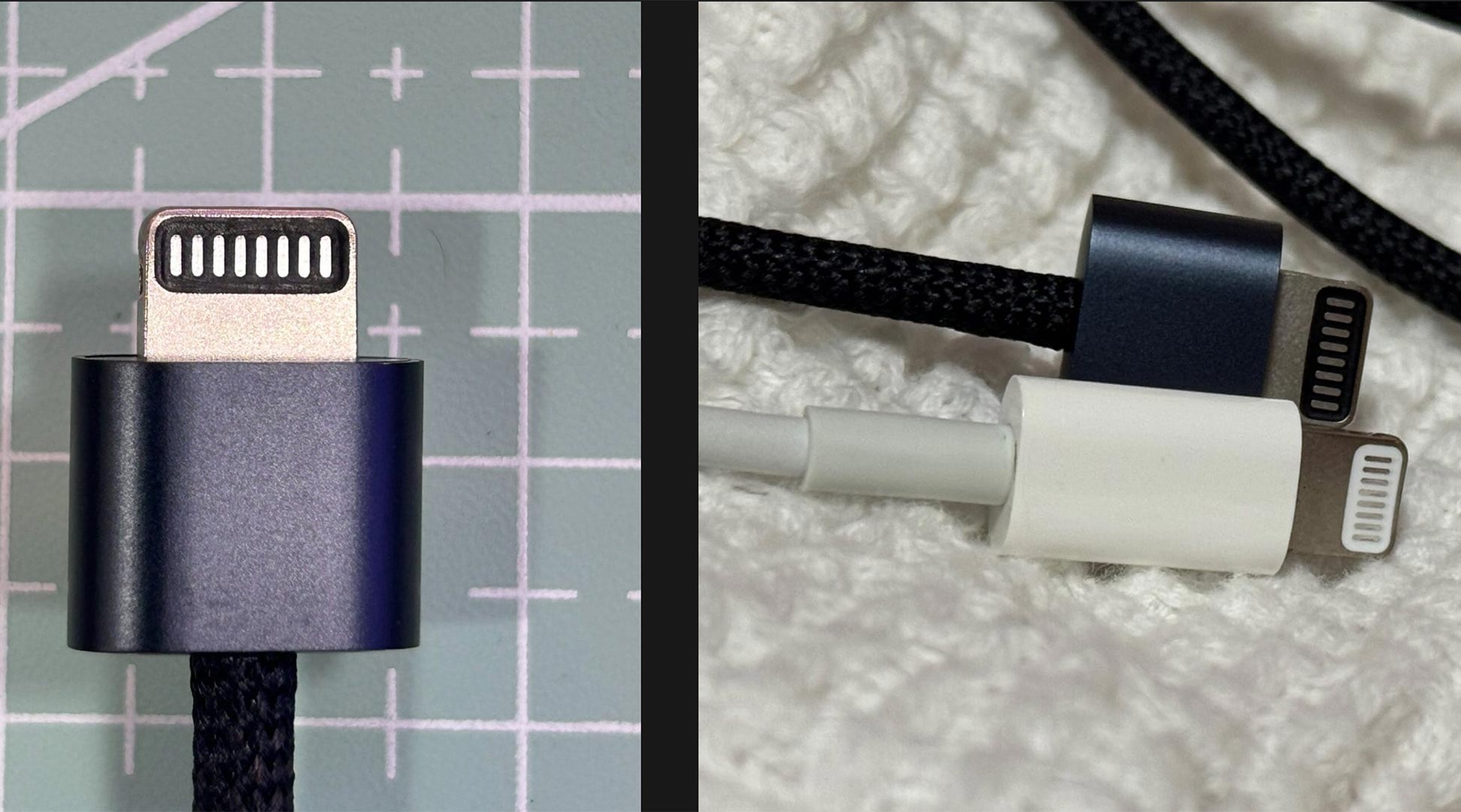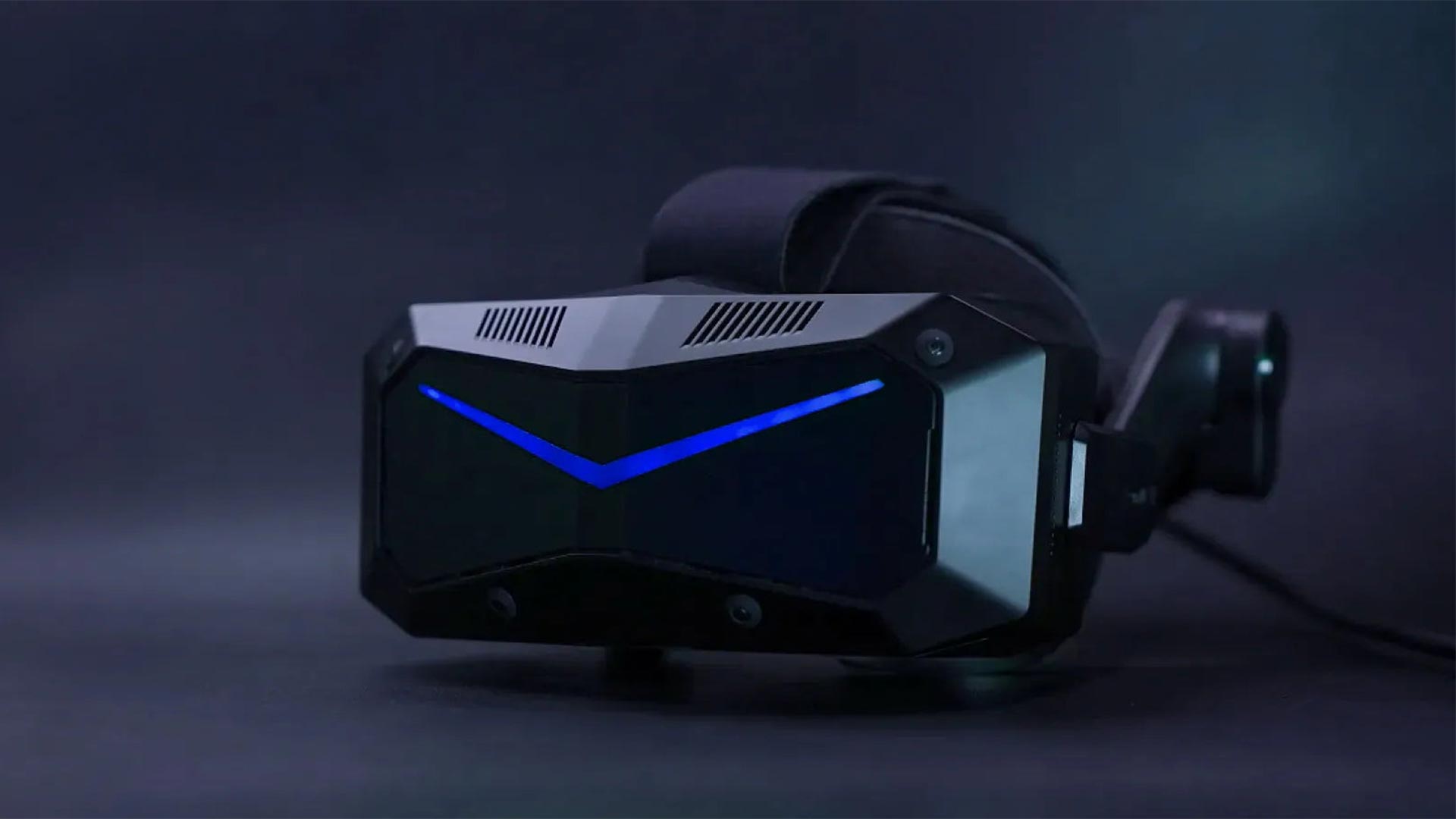Mojo Vision CEO successfully wore a smart contact lens in his eye
Today I report news that I’m pretty excited to write about: the CEO of Mojo Vision has worn in his eye a functioning smart contact lens and used it for around one hour. This is not 2050, but only 2022, and this sci-fi movie thing is really happening in front of us. Let me tell you everything I discovered about this by directly speaking with him!
Mojo Vision

Mojo Vision is a company I love to talk about in this blog. It is a startup that is working on building smart contact lenses. Yes, you’ve read that right: not smart glasses, but contact lenses. They want to cram all the hardware necessary to have visual augmentations in a tiny lens that sits on your eye. And while this may seem like a technology coming directly from a science fiction movie, they are building it now, in our present.
Mojo Vision has a clear roadmap of development and it is respecting it, so the company is highly reliable. Of course, there are many safety concerns in wearing an electronic device in a sensitive area like the eyes, so inside Mojo Vision, there are not only people that work on the technology side of the lenses, like in all hardware companies (e.g. software developers, hardware designers, etc…) but also people that come from a medical background (e.g. optometrists, medical device professionals, etc…) that work in guaranteeing that the lenses are comfortable and safe for their users.
If you want to discover more about this company, my suggestion is to read the interview I have had with them, my hands-on with their demo at AWE 2021, and this long detailed article on Fast Company.
Mojo Vision Lenses

A few months ago, I reported about Mojo Vision lenses becoming “feature complete”. This meant that finally, the company managed to put inside the lens all the necessary hardware to make it functional and with which it will ship in the first version of the product. All these components are:
- A microdisplay to let the user see the augmentations. It is an impressive 14,000 pixel-per-inch MicroLED display. Measuring less than 0.5mm in diameter with a pixel-pitch of 1.8 microns, it is the world’s smallest and densest display ever created for dynamic content;
- An image sensor for seeing the surroundings and processing them through computer vision (e.g. edge detection);
- Eye-tracking sensors (accelerometer, gyroscope, magnetometer);
- A battery system;
- A 5Ghz radio communication antenna to make the lens communicate with an external unit;
- An ARM0 processor, that acts as a “traffic cop” for the data.
The lens doesn’t contain the processing unit inside, but it communicates via radio waves with an external computational module.
It is quite impressive they managed to put all these components inside a single contact lens, and to do this of course they had to manufacture many custom components. And it is even more impressive that this prototype actually works: I had the opportunity to test it at AWE 2022 and I was impressed by the fact that such a small piece of hardware could let me see text and images and run applications.

My tests, anyway, happened with the lens installed on a stick connected via a cable to a big box and I could not wear the lens but just put it close to my eye using the stick. Many people answered to my excited report saying that it was just a demo setting and that an electronic contact lens is just too dangerous to put in the eye. They were very skeptical about this technology, saying that there is no way a working electronic lens can stay in a living eye. And while many people have worn early iterations of Mojo Lens prototypes, the latest feature-complete lens was not even worn inside the eye by anyone in the company.
I mean. No one had worn that feature-complete lens… until a few days ago.
Mojo Vision CEO tested a smart contact lens in his eye

Yesterday I got an email from Mojo Vision telling me that the CEO Drew Perkins had finally tried one of the lenses in his eyes and that if I wanted, I could have a chat with him. Of course, I insta-accepted, and a few hours later, I was there, speaking with him on Zoom.
“If I see him with a patch on his eye like a pirate, the experiment did not go well”, I thought. But when the call started, I could see that he had still both eyes, so the test should have been successful.
I could feel that while he was speaking with me, he was still very excited about what happened. After almost 7 years of hard work, finally he was able to test a product of his company, and he could prove that his original vision of building smart contact lenses can become reality. Not in 2050, but much sooner than that.
As a first thing, I asked him how did he feel the lens. He told me that on the physical side, it felt well, very similar to a normal contact lens. He said that there was no issue whatsoever: it didn’t hurt, it didn’t even get warm, because the lens is so conservative in managing power it didn’t raise the temperature of his skin/eye by more than 1 degree Celsius. He got used to it. Of course, he could still perceive he had something in his eye, and he said that one goal of the company is actually to make even this sensation disappear when it becomes a product.
He also added that on the emotional side, it was “inspiring”. Finally, the people at Mojo Vision have passed the hardest of the tests, and have the proof that they can make their hardware function. It was working wirelessly, and it was working on a living eye. Of course, there is still a lot of work to do in testing and polishing, but now that they reached this important milestone, the device can be really considered feature complete. From this moment on, it’s all about setting up a test framework to finalize the hardware until delivery.
I also asked Mr. Perkins for some details of the demo. He told me that it took place in Mojo Vision labs in Saratoga, CA on June 23, 2022. Of course, he didn’t do it alone, but was surrounded by many people from the tech and medical departments that were supporting him and carrying on all the necessary safety tests. He wore a lens that was specifically manufactured for his prescriptions and his eye shape, and only in one eye, for about one hour.

But if you think that the tests were about him wearing the lens and starting doing Minority Report stuff, I have to disappoint you. They were much more boring, with the engineers going step by step. At first, he wore the lens, and they verified his eyes were still ok. Then they started sending packets using the radio modem from the lens to the external relay unity and verified the communication was performing well. Then they tested the eye-tracking IMU. Then they verified the IMU data was streaming correctly notwithstanding the eye orientation. Then they tested the display, showing a simple X. And so on. At every step, the team was verifying that the safety of the user was guaranteed and that at the same time the hardware was doing its job properly. After these initial tests, Mr. Perkins could see the compass app, and rotate his head and see the various cardinal points around him. Then he could see one image of Einstein. Then he could finally try the teleprompter app, where he could read a text written digitally in front of him, and scroll it directly with his eye gaze. The team didn’t tell him what was the text, but he managed to read it exactly, and this was the final proof that everything was working. I clearly remember him telling me how it was exciting seeing the virtual text through the lens and scrolling it while still seeing the real people around him. I totally loved to see the passion in his eyes. And it was even better because he still had both eyes.

As for the next steps, Mr. Perkins has talked to me about lots of tests to carry on. He wants to wear the lens again, and in the upcoming times also other people in the company will try them. Many tests have to be performed to verify how Mojo Vision lenses work on the eyes of different people and how they do perform in different conditions (e.g. different lighting levels, different humidity or dust levels, etc..). Mojo is a company very focused on guaranteeing safety for its users, so a lot of tests will be performed in this sense.
There is also a long work of optimization to be performed in parallel, to make the lens more comfortable, optimize its power consumption, improve the eye tracking, etc… And then, there is all the application layer to work on, so that the users can do something meaningful while wearing these devices.
The fact that now the company has a testing platform is crucial because it helps them refine and build the final lens that will ultimately lead to submission to the FDA for market approval. Once the FDA approves the device, it can go into human eyes and finally help people with eye impairments in having a better life, or niches of professionals (like athletes) in having better performances.
His last statement was “I’m happy to have proven that this can work”. He thinks that this test validates their thesis about offering smart contact lenses as a superior type of computing experience: invisible computing, hands-free, with all the information of the world in your eye.
Final remarks

The call finished, and I thanked everyone for the time spent with me. After that, I had to stop for a moment to realize what had just happened. If 20 years ago you would have talked to me about smart contact lenses, I would have said “Maybe in 2050, or maybe even later”. It was for me science fiction stuff, things that I was not even sure I could try before dying. And instead now, in 2022, there is something like that which is already available as an internal prototype, and that very probably will be sold on the market before 2030. I will be able to try it in my lifetime, much before dying… I mean, unless someone starts a nuclear war in the next months.
I am a believer that this product will come to the market, and for good reasons. I’ve met people from this company and I was able to see their talent and their passion. They are crazy serious, and in fact, they published a development timeline and they are respecting it. They are so confident in what they are doing that they even tried their hardware directly into their CEO’s eye. And now that the hardest of the test was successful, all the rest is downhill. Probably the first product will be just dedicated to a small niche, but now I’m quite confident that this product will actually see the light. And I’m crazy ready to try it!
… and you?
(Header image by Mojo Vision)
Disclaimer: this blog contains advertisement and affiliate links to sustain itself. If you click on an affiliate link, I'll be very happy because I'll earn a small commission on your purchase. You can find my boring full disclosure here.



